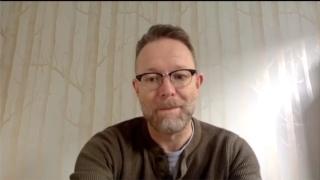
HIV
Latest News

What We’re Reading: College Degrees Linked to Longer Lifespans; Black Women Face Low PrEP Access; New COVID-19 Vaccines, End of Cards
Latest Videos

CME Content
More News

ViiV Healthcare is developing a self-injectable HIV drug similar to Cabenuva; HHS met with insurance companies to resolve COVID-19 vaccine coverage issues; the FDA has greenlit drugmaker Novo Nordisk to add reports of ileus, or intestinal blockage, to its Ozempic label.

Patients with limited English proficiency need their mobile health (mHealth) interventions tailored more closely to their needs to improve equity of access for patients with HIV.

Transmasculine individuals found mobile apps such as Transpire to be beneficial in increasing their access to information on sexual health.

The World Health Organization 2022 Africa regional report underestimated the incidence rate of tuberculosis in sub-Saharan African individuals living with HIV, according to a recent analysis.
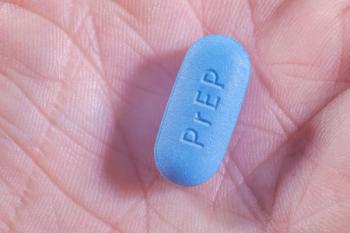
Applying novel and effective approaches based on behavioral economics for pre-exposure prophylaxis (PrEP) dissemination programs could help to tailor the programs to the populations and settings of areas with high HIV burden.
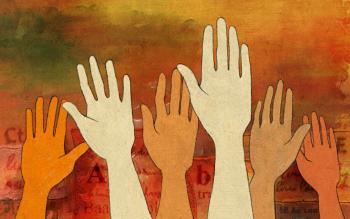
An intervention for Black women living with HIV was shown to have improved perceived outcomes when incorporating a support network and when the program structure emphasized trust.

Women living with HIV reported their experiences living with the disease, highlighting discrimination in their social lives.

Patients with HIV were able to maintain care and achieve viral suppression with differentiated service delivery models with comparable effectiveness to the standard of care.

Access to HIV testing and pre-exposure prophylaxis could benefit from being tailored to the type of exchange sex.

Interventions should be tailored to local factors when aiming to reduce the risk of HIV in rural residents who use drugs.

The US Preventive Services Task Force (USPSTF) has recommended that clinicians prescribe pre-exposure prophylaxis (PrEP) to decrease the risk of acquiring HIV.

Men who have sex with men living with HIV were found to have diagnosis rates of sexually transmitted infections (STIs) that were stable throughout the COVID-19 pandemic.

The overall burden of aging-related comorbidities was higher in women compared with men, especially in people living with HIV.
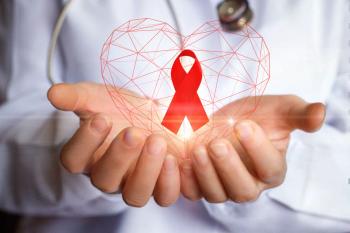
A global assessment found that there was a high prevalence of chronic pain in women living with HIV.

Female sex workers were found to have tested for HIV less in 2020 than had been reported in 2015.

New research found that women in Somalia relied on television and radio to learn about HIV/AIDS.

The results found within women living with HIV and women without HIV differed from those found in a similar study on men living with HIV and men without HIV.
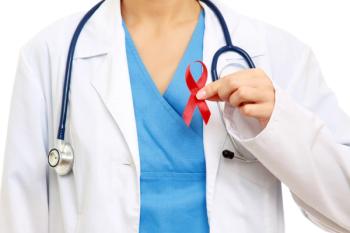
Evidence shows almost zero risk of sexual transmission when HIV viral loads are less than 1000 copies/mL, which could allow providers to destigmatize HIV and promote antiretroviral therapy adherence.

Women with HIV who reported heavy alcohol use were more likely to have lower self-reported health status, but this association was not seen in men with HIV.
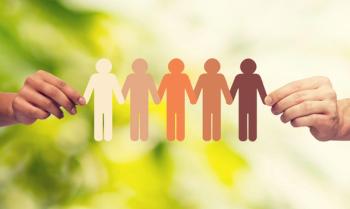
Comorbidities assessed included cardiovascular, cancer, pulmonary, and mental health diagnoses, chosen due to their relation to smoking and their substantial mortality burden.

Researchers found that Beijing residents with HIV sought out treatment earlier after China updated its HIV treatment guidelines in 2016.

Researchers summarized the limited available data on human papillomavirus (HPV) vaccine efficiency and immunogenicity in people living with HIV and gave insight into topics for further research.
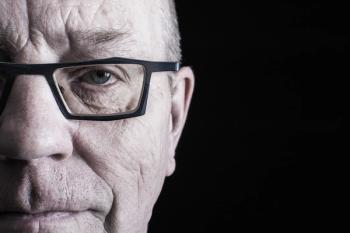
Aging people with HIV need more assistance from various industry leaders that go beyond just raising awareness.
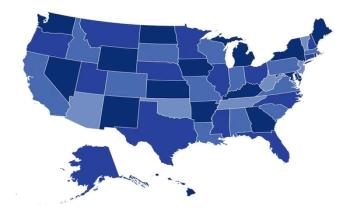
New data from AIDSVu show significant disparities in the usage of HIV pre-exposure prophylaxis (PrEP). Black and Hispanic/Latinx Americans are underrepresented among PrEP users, despite accounting for a significant portion of new HIV diagnoses.

A new study has found that initial visits and the number of viral load tests decreased during the COVID-19 pandemic but viral suppression and hospitalizations remained stable.







